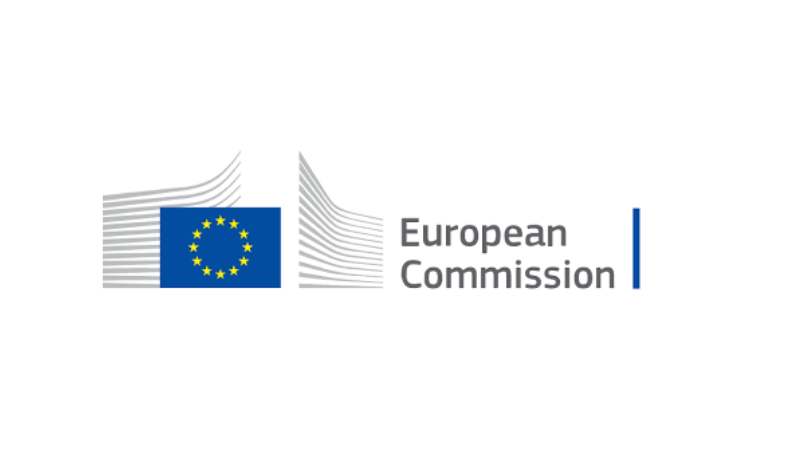ETFs could face exclusion from Article 9 under Europe’s ESG framework after green bond and climate-focused thematic products both faced reclassifications in recent weeks.
The pace of downgrades from Article 9 to Article 8 under the Sustainable Finance Disclosure Regulation (SFDR) picked up in November, with over $50bn worth of ETF assets under management (AUM) downgrading since the start of the month alone as uncertainty around the regulation continues to weigh on asset managers.
While most downgrades are Paris-Aligned Benchmark (PAB) and Climate Transition Benchmark (CTB) ETFs – which are unlikely to meet the 100% sustainable investment requirements outlined under ‘level 2’ of SFDR – some reclassifications include ETFs many thought would stay the grade.
BlackRock, which kicked off the most recent spate of downgrades when it reclassified its €20bn PAB and CTB range, also revealed it would be downgrading its flagship thematic ETF, the $6bn iShares Global Clean Energy UCITS ETF (INRG).
It is worth noting this has not been the case for all thematic ETFs so far. For example, the Rize Environmental Impact 100 UCITS ETF (LIFE), which targets 100 innovative companies working to address a myriad of environmental challenges, has not been downgraded to Article 8.
Meanwhile, Amundi announced it would be downgrading three green bond ETFs, the €583m Lyxor Green Bond UCITS ETF (CLIM), €164m Lyxor Global Green Bond 1-10Y UCITS ETF (XCO2) and the €24.7m Lyxor Corporate Green Bond UCITS ETF (PLAN).
The move has left the industry wondering if any ETFs can be classified under the ‘dark green’ Article 9 label.
“There is now no obvious mapping of Article 9 to specified types of strategy or asset class,” Gavin Haran, head of policy for asset management at Macfarlanes, said.
“This is primarily because the European Commission’s guidance in June stated that Article 9 funds must hold only sustainable investments. The problem is that ‘sustainable investments’ are yet to be defined, leading to confusion in the market.”
SFDR challenges reach boiling point for ETF industry
This confusion can be seen in the diverse ways asset managers have approached the green bond asset class, which may also indicate the products could be labelled Article 9 in the future.
Earlier this month, DWS said it was downgrading 10 PAB and CTB ETFs to Article 8 but added it would not be reclassifying its two green bond ETFs.
A DWS spokesperson said: “DWS and the board of directors of the fund platform consider that some Xtrackers UCITS ETFs such as those with a reference index aiming to track green bond universes can continue to report under SFDR Article 9.”
BlackRock is also keeping the iShares € Green Bond UCITS ETF (GRON) in the top classification bracket.
In another caveat, Amundi did not earmark the Lyxor Euro Government Green Bond UCITS ETF (EART) for reclassification, potentially indicating it believes sovereign green bonds will more likely qualify as Article 9 versus their corporate counterparts.
Haran added: “It might seem reasonable for a green bond fund to be Article 9 because it invests in assets that are nominally sustainable but we see green bond ETFs both downgraded to Article 8 and retained as Article 9.
“A passive fund can achieve Article 9 but the classification is uncertain until we receive the further clarification that the European Supervisory Authorities (ESAs) has requested from the European Commission.”
Detlef Glow, head of Lipper EMEA research at Refinitiv, added: “The wave of reclassifications of funds hit the market after the announcement of the regulatory technical standards (RTS). These technical standards were much higher than expected by industry participants.
“As a result, there may be no Article 9 ETFs available to investors in Europe when the ‘level 2’ requirements come into force in January.”
While it might be more of a challenge, some in the industry believe there is every chance ETFs can be Article 9 going forward.
As Stuart Forbes, co-founder of Rize ETF, said: “Of course ETFs can be Article 9, in exactly the same way mutual funds can be. An ETF is just a wrapper for whatever you want to put in it.”
Despite this, there are concerns pursuing Article 9 could be economically unviable for passive funds due to the cost of ensuring your investments ‘Do No Significant Harm’ (DNSH) to any of the EU Taxonomy’s six objectives.
Haran added this could be a particular issue for government-issued securities.
“That can be costly for a passive fund’s price point – and practically, or reputationally, difficult to achieve if the fund holds government-issued securities,” Haran said. “Which manager wants to make a bold claim on whether a particular government is environmentally friendly and displays good governance?
“The high bar the regulations set are challenging and not easily achievable for a passive strategy. But the bigger problem is a lack of regulatory clarity while supervisory reviews into greenwashing are getting underway.
“You can understand why – after the announcements through the course of this year – ETF issuers are cautious about classifying under Article 9 unless they feel they can really stand behind their designation.”
Related articles






